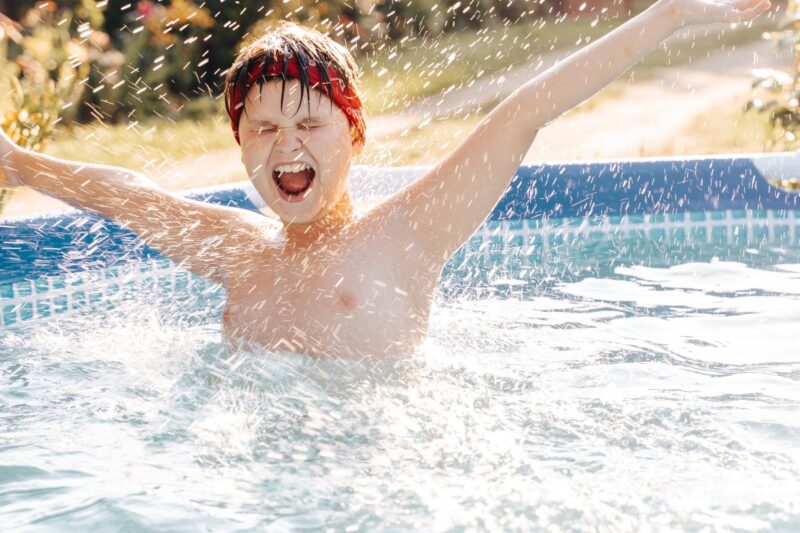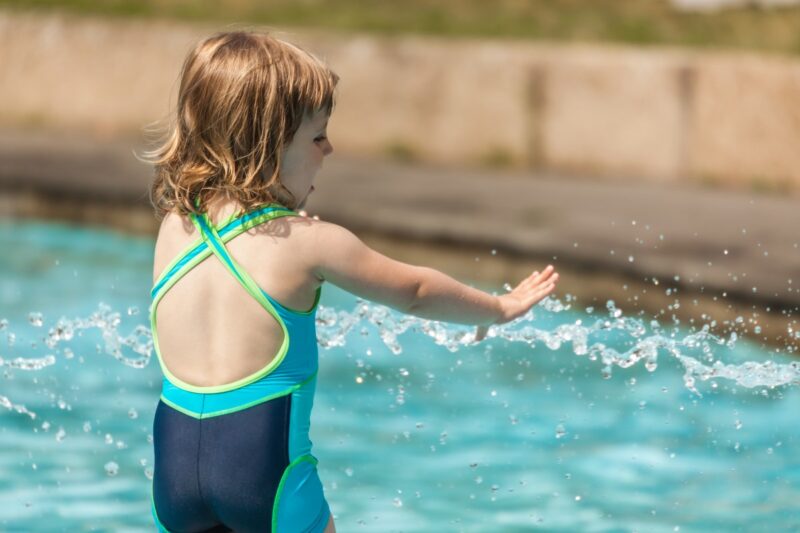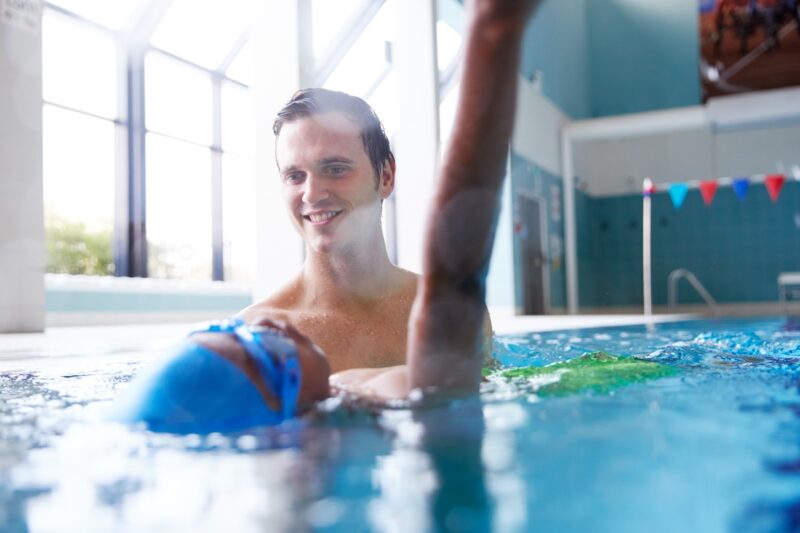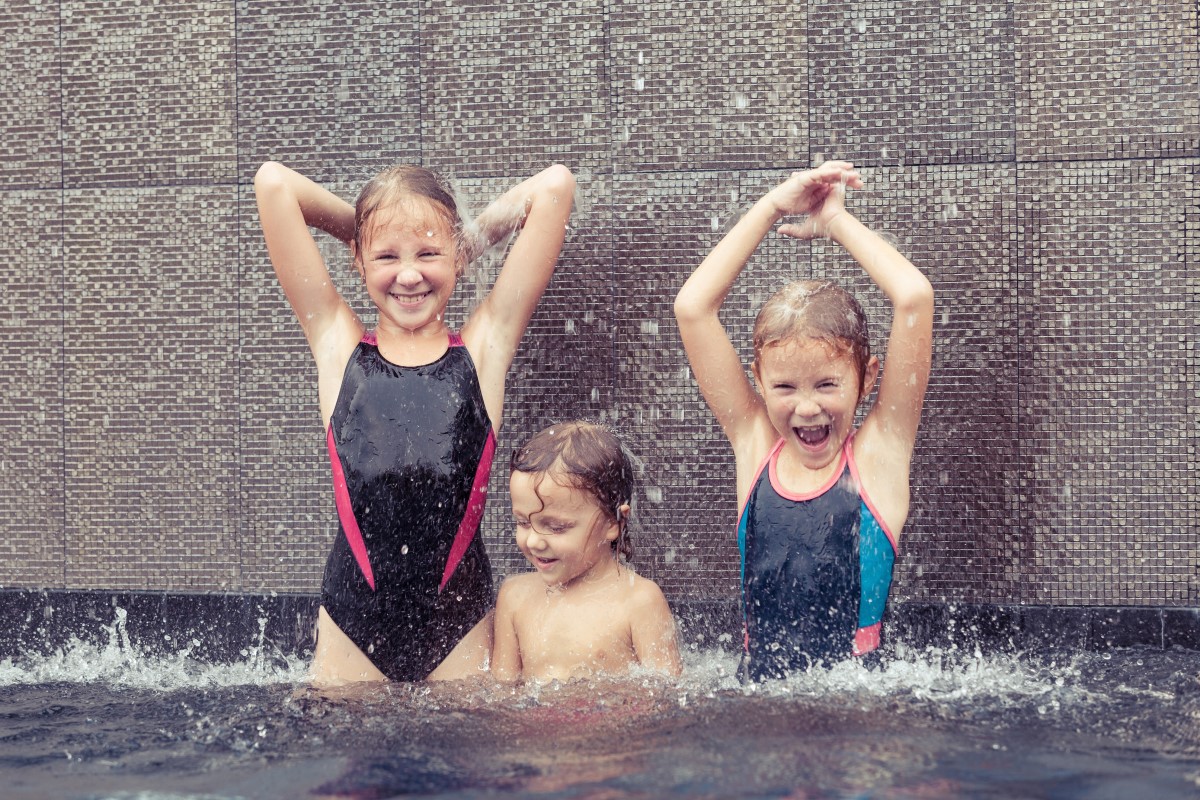
Children with autism are naturally drawn to water. The sparkling, flowing liquid captures their interest. After all, what’s better than sitting on the beach or poolside on a hot summer’s day? What we still might wonder is “why are children with autism obsessed with water?” Watching it, touching it and drinking it are even included! So what is the link between autism and water?
Autism and Water: The Supreme Sensory Stimulus
Water can sometimes be called the supreme sensory stimuli. This might be a direct link between autism and water. Senses such as sight, hearing and smell all react to the water. Let’s go over how each of these works.
Sight
Water is beautiful to look at, especially for children with autism. The waves of the ocean and the stillness of a lake are both interesting to look at. While in the pool, skewed colours and wiggle painted lines are interesting to watch. Visually everything looks off, which is stimulating for a child with autism.
Hearing
Going for a swim always comes with plenty of sounds. The waves crash at the beach and the water ripples as you swim through it. Additionally, splash makes noise whether someone is jumping into the pool or just playing around. The variety of sounds is fascinating for children with autism to hear and attempt to identify.
Smell
The smells of open water and pool chlorine are completely different. In the ocean, there is the scent of salty seawater. In the pool, chlorine has a distinct smell. These help children with autism associate swimming in different places with a distinct sense. In turn, children with autism will know where they are going and become more comfortable.
Autism and Water: Understanding the Excitement
“For a child with autism with hyperactive senses, these feelings can greatly increase to create one overwhelmingly amazing experience.”
Swimming presents some abnormalities to children with autism. Because sensory processing is affected, singular and multisensory integration are used (Baum, S.H. et al.). Multisensory stimuli is using more than one sense to understand the environment. For example, you might read someone’s lips in a noisy room to hear them better. This is more difficult for children with autism to do this and create a bigger picture of their environment.
Children with autism often experience hyper and hyposensitivity to sensory stimuli. The link between autism and water attraction is due to the inability to process all of the senses at once. This can result in sensory overload. Autism Speaks finds that children with autism show stronger sensory-seeking behaviour than average. It could explain the obsession with water involved in autism.
Autism and Water Safety: Taking Swimming Lessons
Children with autism can learn to be safe in the water by taking swimming lessons. It can be quite beneficial for children with autism. Doctors found some patients showed improvements in swim skills, water safety, eye contact, muscle strength, attention and balance. Studies show aquatic therapy instills a sense of confidence, improves social skills and in developing relationships.
Another thing to keep in mind is water can be dangerous as well. Accidental drowning is one of the leading causes of death for children with autism. Learning how to swim and stay safe in the water is very important when it comes to children with autism





